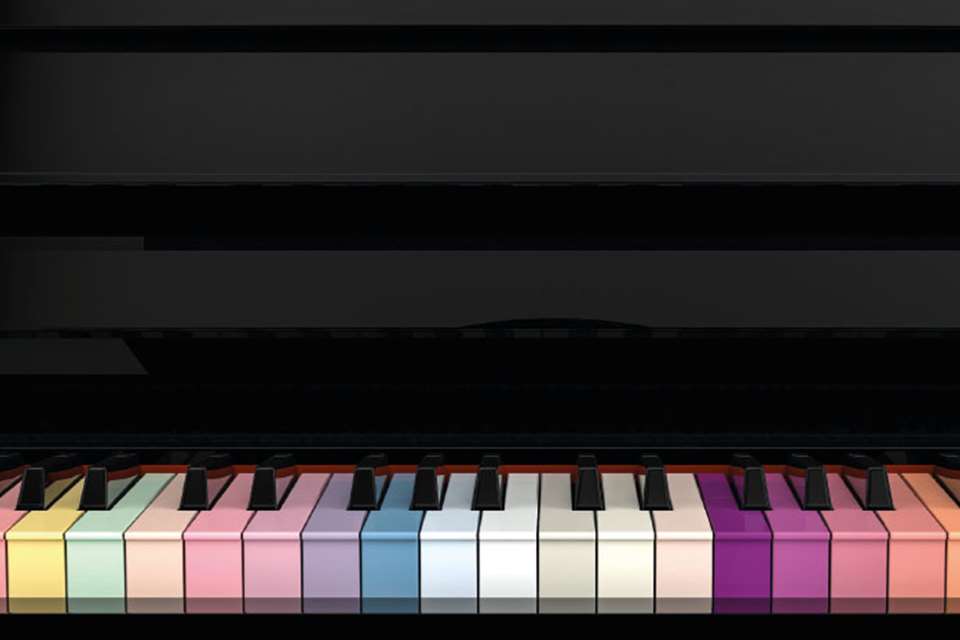Reviews: Trinity College London Singing Grade Books
Edwin Pitt Mansfield
Saturday, June 1, 2024
Edwin Pitt Mansfield surveys Trinity College of London’s suite of books to support singing exams (from 2023)

Although Trinity College London's release of its new graded vocal songbooks in 2018 marked the organisation's first singing-related publications in a decade, it is pleasing to see that it now appears to be settling into a regular cycle of releases. The 2023 syllabus is now accompanied by fresh repertoire books for each grade; a new approach to sight-reading; and a supporting volume, by Ben Vonberg-Clark, entitled Introducing Singing. It should be noted that the repertoire updates to the syllabus are more additions and tweaks than replacements, so most of the repertoire from previous volumes is still valid – welcome news for teachers who invested heavily in the last set of publications. There are, however, a couple of key changes to the syllabus that singing teachers should be aware of: List A songs (Opera, Oratorio and Musical Theatre) can now be performed in any key, and the sight-reading requirements have had a significant update; more on that later.
Exam repertoire
The grade books are well presented, and the piano parts are mostly accessible if not always intuitive. The songs included are mostly solid, and it is good to see a pleasing balance between well-known and less-familiar repertoire. You will still find more well-known songs, such as ‘Caro mio ben’, ‘Music for a While’ and ‘How Far I'll Go’, which are readily available elsewhere. However, there is a far greater inclusion of musical theatre than the previous edition, making these volumes a useful purchase for those teachers who are looking to build their library.
For the early grades, some might find the repertoire choices too childish. It would be good to see some solid Initial Grade to Grade 3 pieces that could really be enjoyed by young teenagers or adults who are just starting lessons. The early grades can be essential for setting a strong foundation for young singers – both from technical and musicianship points of view – and uninspiring repertoire can encourage both learners and teachers to skip the early grades, which can cause issues down the line.
For those teaching a higher proportion of advanced students, it is slightly irritating that the Grade 6 to 8 books come in two keys (high/low). I was slightly disappointed to find that there was no variation in repertoire between these two volumes, and that the adjustment of keys is occasionally a little inconsistent; some songs are just transposed down a tone, while others range much more widely. Perhaps some more tailored repertoire in these volumes, considering the breadth of the syllabus, might have made both a more essential purchase for teachers. It would also have been good to see some more choices on the upper-grade lists for high-performing boy trebles, an opportunity that is often missed by the exam boards when reviewing syllabuses.
Introducing Singing
Alongside the songbooks, Trinity has released Introducing Singing, a standalone publication that sits outside of the grade structure and is described as ‘pieces, exercises and tips for the beginner singer’. While the concept is aimed at those starting their singing journey, it is slightly unclear which age group this volume is aimed at. The images and songs used throughout suggest a younger learner, while the extremely text-heavy book points towards the adult. Perhaps the exercises and information included might be useful for the less experienced teacher looking for a workbook to help support beginner students. Furthermore, the supporting tracks and videos, which are included via a download code, could be helpful in promoting practice at home. Sadly, though, these are rather brief and a little thin on the ground, with some slightly questionable technical elements. On a positive note, there are some useful introductions to the rudiments of theory and music-reading, which do tie in well with the sight-reading books.
Ultimately, as a standalone book, this resource is less likely to be useful to the more experienced teacher; it feels like a prototype product that has not yet found it's place within Trinity's suite of publications.
Sight reading
The most significant change with this singing syllabus – and one that teachers need to familiarise themselves with – is the adjustments to the sight-reading tests. With this release, I would suggest that Trinity is the first exam board to truly recognise the key differences between instrumental and vocal sight-reading.
To support these welcome developments, the sight-reading series Singing: A Progressive Method, by Ralph Allwood and Andrew Morris, will provide an invaluable resource for students and teachers alike, offering an excellent approach to developing sight-singing skills.
Rather than the traditional format, the test is now divided into three parts: an interval test, rhythm test and then the melodic test, which combines elements from parts one and two. I really applaud this approach, and believe it sits well among much of the sight-singing resources that can already be found on the market.
The books themselves are well presented and clear, with a style that is not totally dissimilar to the theory books.
From a pedagogical point of view the approach is consistent, logical and progressive, especially through the early grades. Music-reading is not always easy to teach when working with vocal students, and these books provide a systematic resource for students and teachers, partially bridging the gap between theory and sight-reading. Rhythmic and pitching elements are steadily developed though a spiral approach, and there is plenty of material throughout the volumes which reinforce and reiterate elements introduced previously.
The early grade book (Initial to Grade 2) is especially impressive, as it incorporates elements of music-reading and musicianship while not assuming a prior level of knowledge. The useful notes on each page, and the workbook format, do provide a way to practise independently outside of lessons – a perennial problem for many teachers!
From a pitching perspective, exercises build up from simple step-wise intervals, introducing smaller leaps in the lower grades, and larger intervals and chromaticism later on. At each level there is a specific interval to focus on; for example, a major third at Grade 1, which is then included in the context of the sung exercise. This is, of course, cumulative, so when the fifth is added at Grade 3, the student will have to navigate thirds and fifths throughout the exercises. This logical and progressive approach will surely reward students – and teachers – who reserve a little time for sight-reading in each session.
Although other books do offer some similar material (the Alan Bullard Joining the Dots series comes to mind), few offer the comprehensive guidance for students that we find here.
Despite the many positives, there are some minor niggles along the way. I would question why minor keys and compound time are introduced so late in the syllabus (Grades 4 and 6 respectively). With so much in the early volumes brilliantly laying the groundwork for future grades, introducing such important concepts so much later down the line seems like a lost opportunity. There is also a question of whether the Grade 6–8 volume really needs a high and low edition, but that is probably down to the teacher's personal preference, and this format does match the songbooks. The comprehensive approach to notes and guidance is not entirely present in the later volumes. It is also a shame that the board has yet to include accompanying tracks, videos or even an app to further support students (perhaps this will come later?).
Nevertheless, this is one of the most user-friendly models I have seen, and I will certainly be using these books with my own students.
Conclusion
As a package, this is a strong set of releases from Trinity, and there is much to recommend in these volumes. The song books will be useful additions to those wanting to build their libraries, even if Introducing Singing doesn’t quite hit the mark.
It is the sight-reading titles that really shine, and the subtle but significant tweaks to the syllabus will make a huge difference to students taking exams.
trinitycollege.com/qualifications/music/grade-exams/singing/books






